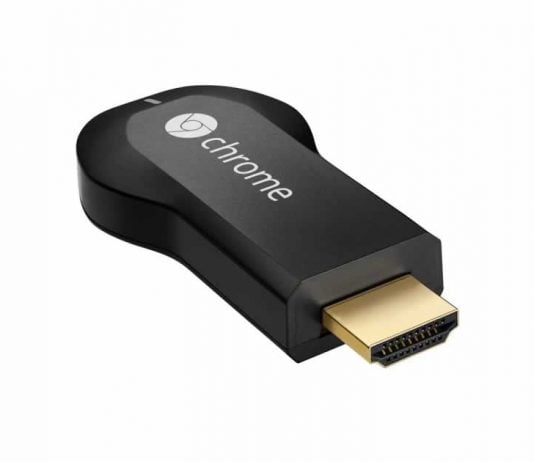Approximately 10 years ago, smart TVs were not as popular as today, and most televisions lacked network connectivity. However, Google Chromecast revolutionized the market by providing an easy and inexpensive solution to add smart features to any TV. Fast forward to the present day, and we find that the original Chromecast, which played a significant role in this revolution, is nearing the end of its journey.
According to a description on Google’s support page, recently discovered by 9to5Google, the first-generation Chromecast will no longer receive updates or support. Although this statement was made on April 27th, it went largely unnoticed for almost a month, perhaps due to the diminishing attention surrounding the original Chromecast.
In addition to the lack of support, Google has also ceased the production of Chromecast devices using the original technology. The initial Chromecast in 2013, followed by the second-generation version in 2015, the Chromecast Ultra in 2016, and the third-generation version in 2018, were all relatively simple streaming sticks. Powered by Cast OS, an ultra-lightweight operating system derived from Chrome OS and Android, these devices lacked a default interface, the ability to launch apps and their controls. The old Chromecast primarily served as a media receiver, relying on the cast button within various apps like YouTube. It was as simple as selecting the TV, turning on the screen, and playing media by pressing the cast button in the app.
However, in 2020, Google took a new direction with the release of “Chromecast with Google TV.” This product marked a departure from the concept of a straightforward streaming stick while still retaining the Chromecast branding. The new Chromecast transformed into a significantly more complex Android TV box. Running a full-fledged Android OS, it featured its user interface (UI) and came with a physical remote control for navigation. Users could log into the device, access the Play Store to download updates and install apps, and enjoy a more comprehensive streaming experience. In essence, Chromecast had evolved from a simple dongle-shaped streaming stick to a set-top box.
The shift to Android TV with Chromecast’s latest iteration implies that no products are currently utilizing Cast OS. In fact, Google has been actively moving away from this incompatible operating system throughout its ecosystem, including transitioning another Cast OS product, the Google Nest Hub, to Fuchsia. Currently, the only remaining work involving Cast OS is to support the outdated Chromecast, with the most recent model being the five-year-old third-generation Chromecast. The lifespan of other Cast OS sticks remains uncertain.
As the original Chromecast reaches the end of its support and production, it signifies the culmination of an era. Users relying on the original Chromecast may want to consider upgrading to the newer Chromecast models or exploring alternative streaming options.


